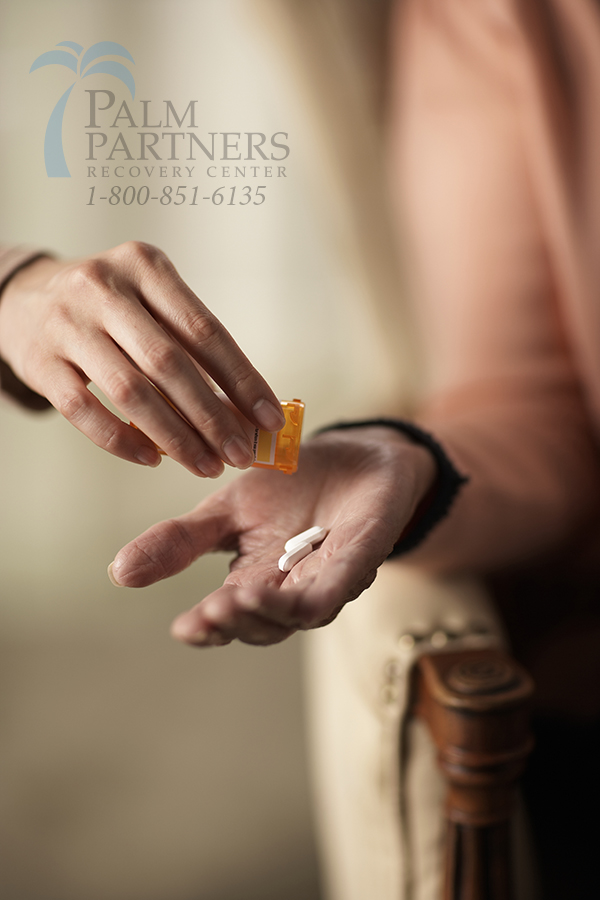Author: Justin Mckibben
Treatment for Prescription Painkiller Abuse: Symptoms of Addiction
Treatment for prescription painkiller abuse is intended to address people of all walks of life who are suffering from the same types of circumstances and symptoms. Some of the signs of addiction range in severity and can affect each individual differently, especially depending on the method which the individual abuses the substance. If you are considering treatment for prescription painkillers you may or may not experience several or all of these symptoms, but they are indicators.
- Increased tolerance
- Decreased level of testosterone for men
- Enlargement of the prostate for men
- Excessive sweating
- Swelling in the arms and legs
- Chronic constipation
- Anxiety
- Dry mouth
- Sinusitis
- Respiratory distress
Then again, if you have taken the time to look up and article to give these answers, it’s safe to say you should consider it, whether you have all these symptoms or not.
Treatment for Prescription Painkiller Abuse: Signs of Withdrawal
One thing that tends to hold people back from getting the treatment for prescription painkiller abuse that they desperately need is the withdrawal process, because they are afraid to experience the discomfort. Treatment for prescription painkiller abuse should also include a stage where those symptoms are addressed and the maximum amount of comfort is provided throughout. Some on that list of painful and problematic withdrawal symptoms seem more intimidating than others, but treatment for prescription painkiller abuse means you will have access to a medical staff ay any point. These withdrawal symptoms include:
- Restlessness
- Muscle and bone pain
- Muscle spasms
- Insomnia
- Diarrhea and vomiting
- Chills and goose bumps
- Intense anxiety
Treatment for Prescription Painkiller Abuse: Detox
Before you do anything in treatment for prescription painkiller abuse you must go through the detox process. At treatment for prescription painkiller abuse they will give each individual an assessment and go through detoxification prior to starting your treatment and therapy. In detox, they will give you a drug screening and analyze which substances are in your system.
By seeing the drugs in your system and the levels they are at, they can determine how to medically detox you properly. You will be started on medication and gradually weaned off in a reasonable period of time without having to experience the great discomfort that can come from prescription painkiller abuse. The goal is to make you as comfortable as possible and to get you physically cleared of all substances before sending you to rehab.
Treatment for Prescription Painkiller Abuse: Therapy and Treatment
After someone has completed the detox stage of treatment for prescription painkiller abuse, the next step is to go into the inpatient rehab phase and start therapy, which provides one-on-one and peer counseling for learning how to stay sober.
In treatment for prescription painkiller abuse they will ask you a series of questions first to better get to know you and understand your history, in order to know the best plan of action. Once they have asked you these questions, they will choose a therapist that is best suited for your specific needs prior to you getting started on your treatment plan. Programs on treatment for prescription painkiller abuse typically take you to 12-step meetings daily and get you acquainted with the recovery community around you. In treatment, you learn coping skills and how to live your life without drugs and alcohol.
Treatment for Prescription Painkiller Abuse: Long-term Sobriety
Once the treatment for prescription painkillers has determined that an individual is ready to leave to structure of inpatient rehab, they will be given the opportunity to attend an IOP program. IOP (intensive outpatient program) is the phase of treatment for prescription painkiller abuse where you continue therapy and group sessions, but you no longer live in the rehabs residential facility anymore, and thus have a lot more freedom.
A lot of individuals opt to go into a halfway house once they have finished inpatient treatment for prescription painkiller abuse. A halfway house offers more stability than being on your own, but you are still able to have much more freedom than rehab itself. Individuals are commonly required to stay accountable to a few things, like:
- Have a job
- Go to meetings
- Paying rent
- Clean and do chores
- Be drug tested
- Get a sponsor
- Work a program
After treatment for prescription painkiller abuse, it is important to know you are in a good and safe sober living environment. A halfway house where they want you going to meetings and working a program of recovery is especially productive, because that atmosphere promotes positive growth. Treatment for prescription painkiller abuse can be difficult for some to get involved with, but seeing the many people who stick around and recover is an amazing experience, and treatment for prescription painkillers is that first step.
For all those who are struggling with prescription painkillers, or even abusing other drugs or medications, there is a massive community of recovery all over the country to help you get the care you need. Treatment for prescription painkiller abuse can be the first and most important step, so be sure to step up. If you or someone you love is struggling with substance abuse or addiction, please call toll-free 1-800-951-6135
